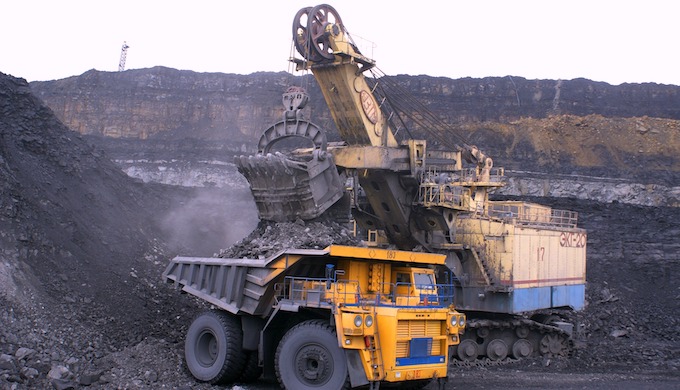India’s Energy Mix
November 7, 2018 | Expert Insights

Amid a surge in oil demand and an investment boom, New Delhi needs to weigh consumer aspirations with fears about pollution. With another boom in fuel retail networks expected, foreign oil and gas companies are lining up to try and win a slice of the private sector’s growing share of the Indian energy industry.
Background
India, in South Asia, is the seventh-largest country by area and the second-most populous country in the world.
According to government figures, more than 230m vehicles ply on India’s roads. The number of fuel stations is up 40 per cent in the past six years to more than 62,500.
The rapid growth in India is set to support the global energy industry at a time when demand growth for oil elsewhere is slowing. In the past four years, state energy companies have spent more than $30bn alone in the oil and gas sector. Deloitte estimates $345bn in investment is needed to meet expected demand by 2030.
Since 2013, primary energy consumption in India has been the third highest in the world after China and the United States. India is the second top coal consumer after China and ranks third in oil consumption with 195.5 million tons in 2015 after the United States and China. The country imports nearly 45% of its total primary energy.
With its swelling middle class, an expanding manufacturing sector and a youthful, increasingly urban population of 1.3bn, India is primed to overtake China as the top driver of oil demand growth by the mid-2020s. Demand for petrol and diesel is rising alongside the consumption of modern cooking fuels and electricity and India’s Prime Minister Narendra Modi has launched policies to boost energy access to support high levels of economic growth. India's energy mix will be substantially complemented by renewable energy and the country is going to generate around 175 Gigawatt of energy from such sources.


Analysis
India is battling air pollution and is vulnerable to climate-related stress. Should temperatures rise by more than 2C above pre-industrial levels it will hit water and food supplies and cause coastal flooding. In a country where fossil fuels account for 90 per cent of its energy mix, its choices have an impact on the environment as well as global energy markets.
A drop in Iranian exports of more than 1m barrels a day before a new round of US sanctions due to take effect on 5 November has caused concern. Not only is there uncertainty about an important crude supplier, but the resulting increase in prices above $80 a barrel this year has driven up the import bill. Domestic petrol prices hit record highs in October.
Domestic price pressures underline the need to reduce dependence on foreign oil imports, which the government wants to cut by 10 per cent by 2022. Imports account for more than 80 per cent of India’s oil needs and this could rise even higher by 2030.
To meet any supply shortfall India is seeking to diversify imports, turning to new suppliers such as the US. It is also trying to use existing oil supplies more efficiently while ramping up domestic production and turning to alternatives such as compressed natural gas for trucks and rickshaws.
Beyond curbing oil use for transport, India is trying to clean up its power sector and has set a target of 40 per cent of generation to come from clean energy by 2030. But the majority is still expected to be met by fossil fuels.
With India set to remain susceptible to energy shocks, it has launched a massive rollout of electric cars to curb oil consumption as well as air pollution in major cities. Environmental campaigners including Greenpeace say it has become a public health issue, with 1.2m Indians dying from poor air quality each year.
There is also a question over how much difference electric cars will make to pollution levels, given that coal generation will remain dominant in the country’s electricity system. Coal-based power provides 75 per cent of electricity supply in India while contributing around 35 per cent of carbon emissions.
Assessment
Our assessment is that India is going to need all energy solutions possible, from fossil fuels to new energies. How the Indian energy sector will evolve to cope with these competing demands remains unclear, but we believe that the country must reconcile ensuring adequate energy supplies for the population with a transition to cleaner fuels for transport and power and at costs that are manageable for a country where 70m live in extreme poverty.








Comments